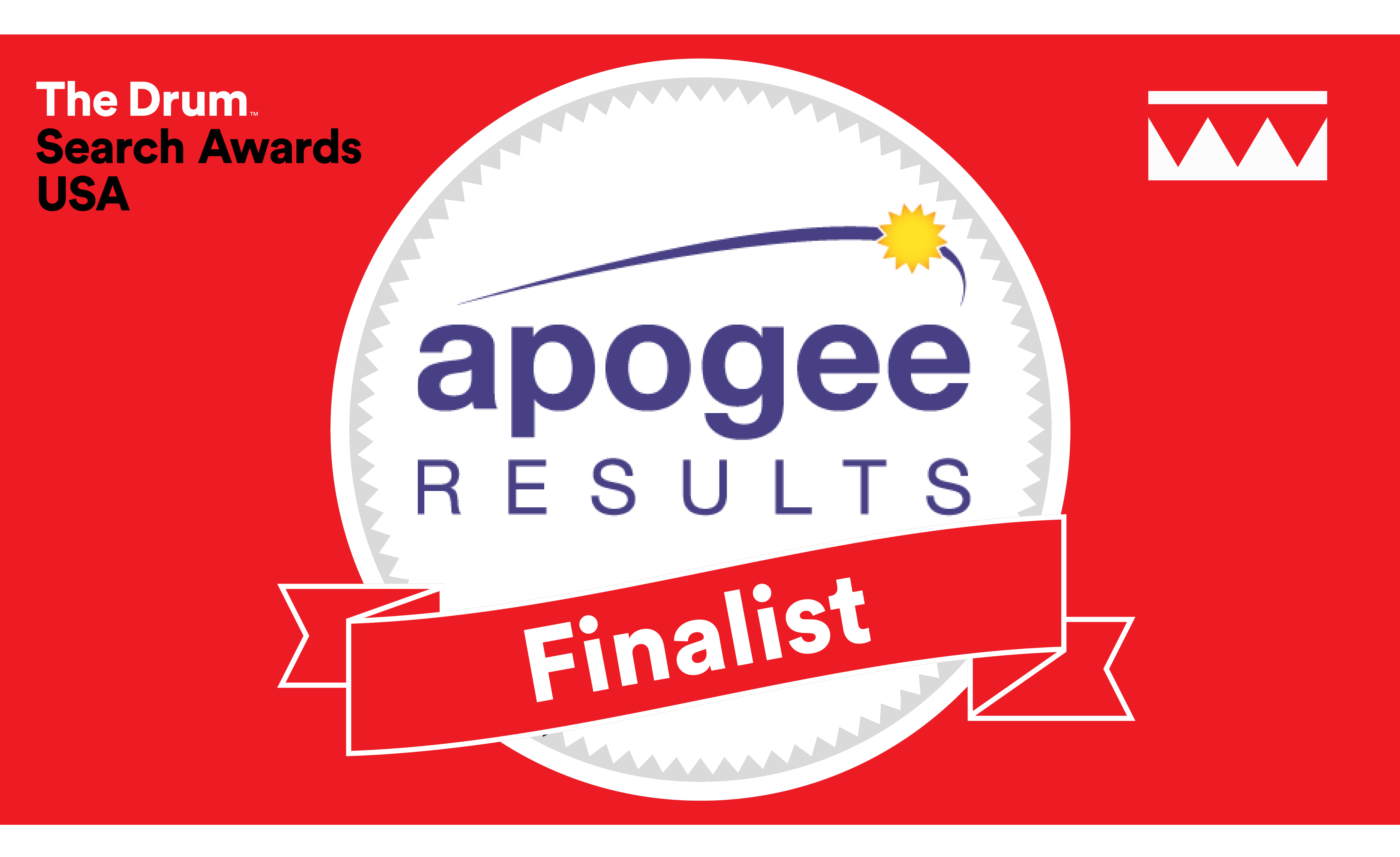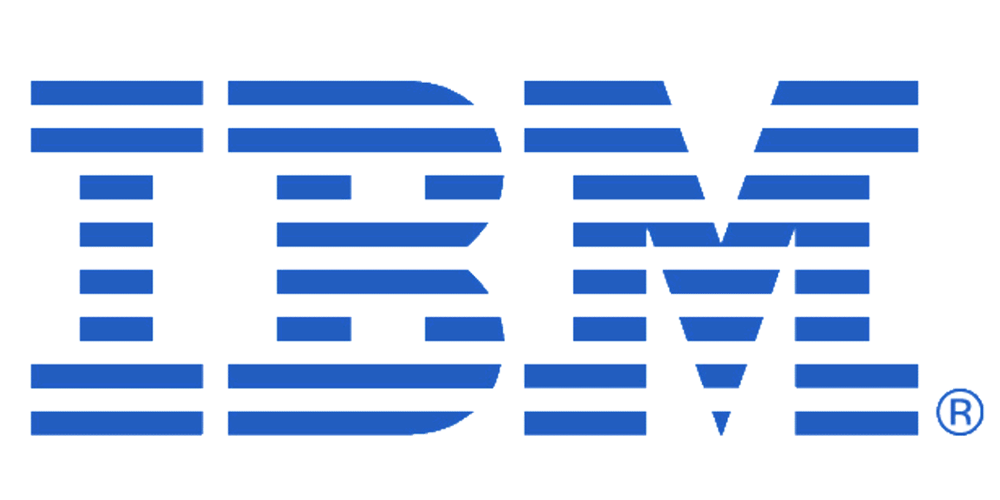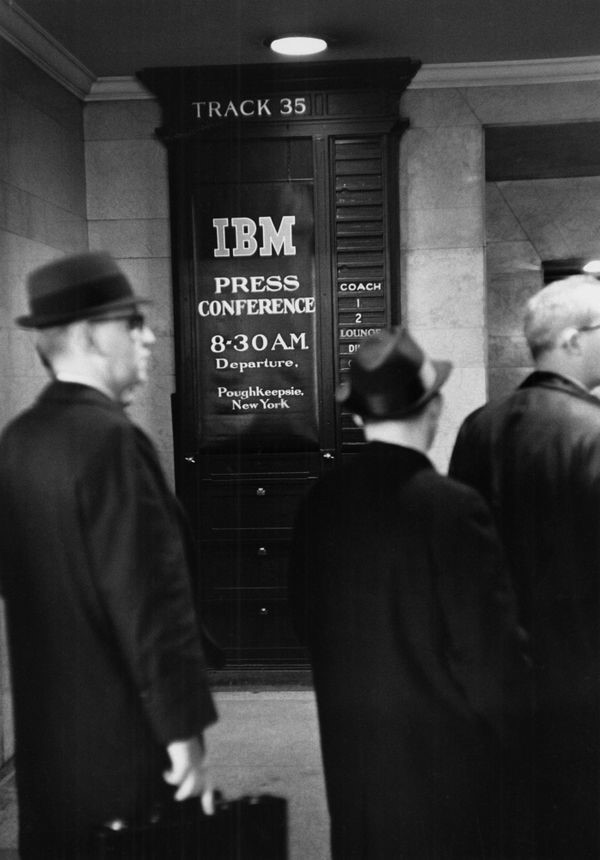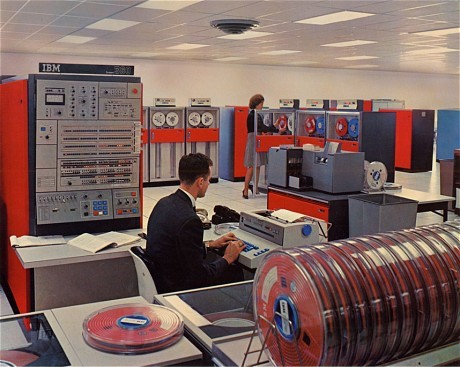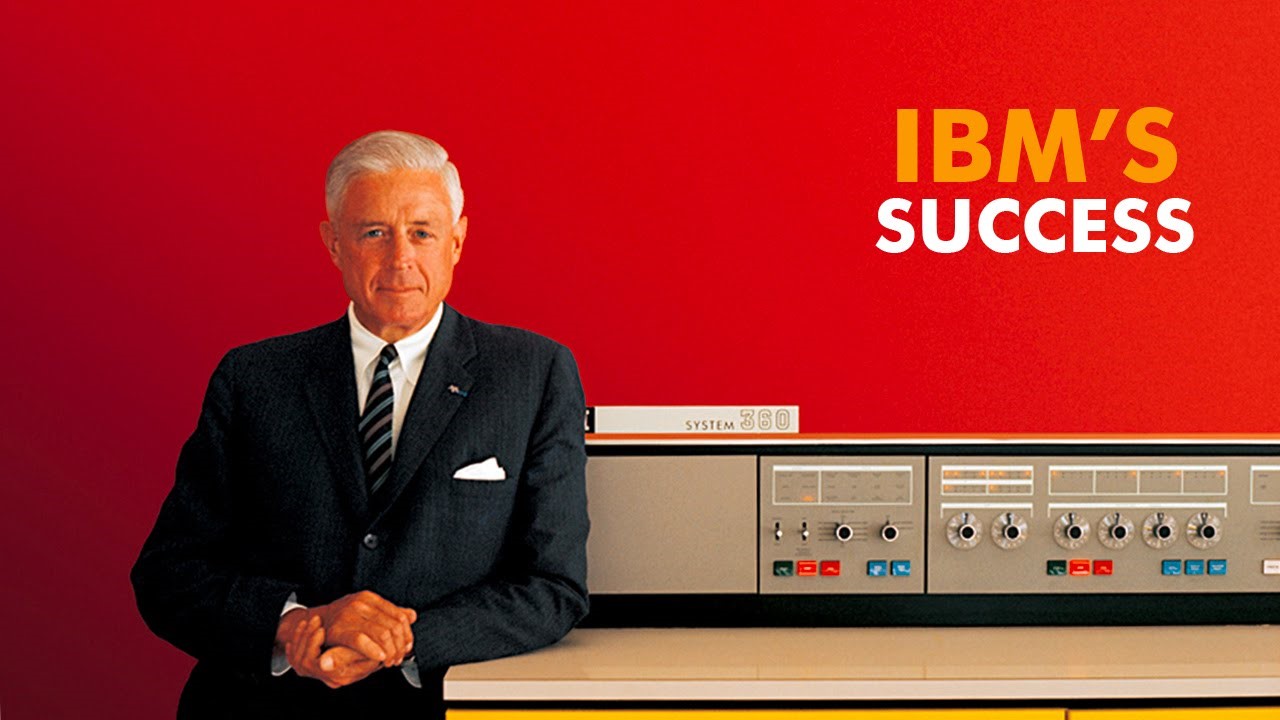The Marketing Lessons of Sears, Roebuck
Legends of Marketing Series by Gary Hoover
The Marketing Lessons of Sears, Roebuck
For 60 years, Sears was the largest general merchandise retailer in the world, the most profitable retailer, and the most feared by competitors. In October 2018, this once-great company declared bankruptcy, and may not be long for this world. The rise of Sears and its downfall both contain many lessons for marketers and managements in general.
First, the rise. Sears’ founder Richard Sears began selling cheap watches by mail in the 1880s, but he did not care about product quality. In the late 1890s, he sold controlling interest to his supplier of menswear, Julius Rosenwald. Rosenwald raised the quality standards by opening product testing labs. He reorganized the company to insure quick and accurate fulfilment of the hundreds of thousands of orders that poured in via the U.S. mail. He and his team built new facilities and systems which were efficient. He shared in the wealth by giving employees large amounts of company stock. Sears blew past the older catalog company Montgomery Ward, and became number one.
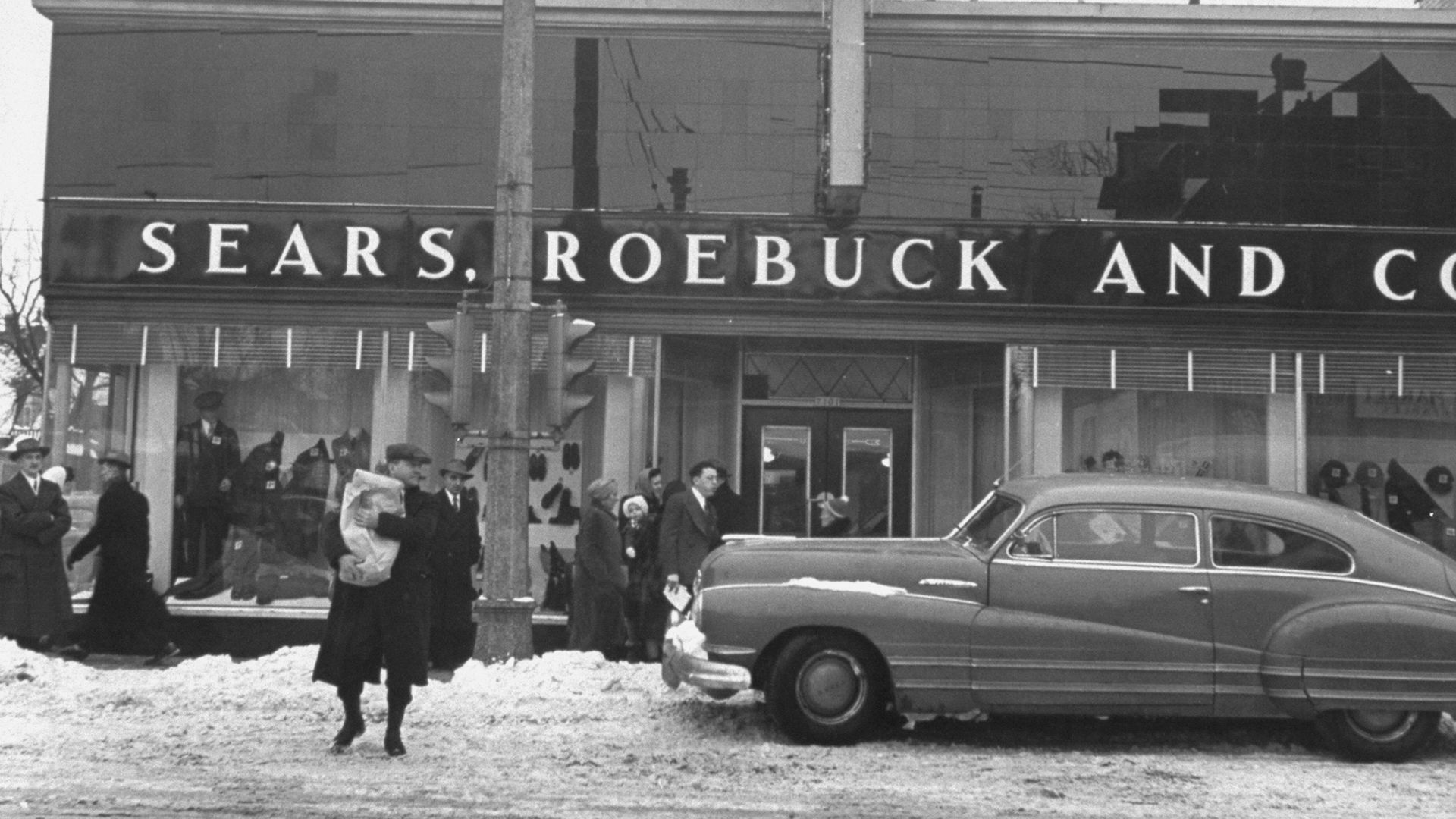
In the 1920s, Rosenwald was ready to retire, and turned the company over to General Robert E. Wood. Wood might be the greatest retailer of the 20th century, as he maintained Sears’ catalog dominance while entering the bricks-and-mortar retail business. New stores were built from coast-to-coast, and soon Sears was bigger than any other general merchandise retailer (only grocer A&P was larger, but later Sears passed even them). It is from Wood that we have the most to learn.
Building upon Rosenwald’s talented and highly efficient organization, Wood first put prime emphasis on finding the best products and innovating in every product category. Whereas in the past, retailers tended to sell whatever was available or whatever they had on their shelves, Sears’ buyers worked directly with the best manufacturers they could find. In the stores, they listened to customers to find out what they wanted. They bought rubber in advance to help their tire suppliers save money. They found they could make refrigerators larger with just a little more inexpensive steel. Sears’ people learned every step of the supply chain and the manufacturing process, becoming free consultants to their suppliers. Sears made more money, the suppliers made more money, and the customers got lower prices – a hard combination to beat.
What are your company’s relationships with suppliers like? Are you at odds or working together? Do you start with studying what customers need and then work backward to deliver it, as Sears did?
Robert Wood was an information addict. He reportedly read a new page of a statistics book every day. He became an expert on demography and trends. His strategy was based on these facts. Over and over, this allowed Sears to trounce the competition. Do you know more about long-term trends than your competitors do?
Robert Wood was a believer in making mistakes, in trying experiments. He thought failure was part of learning, and failure rarely held someone back from promotion, as long as the company learned from it.
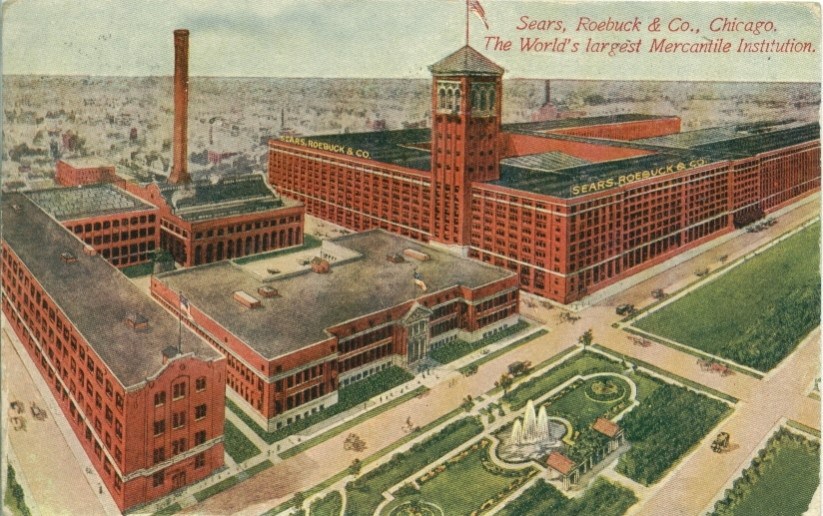
Sears under Wood made enriching his customers and their communities a key priority. When he found poverty in the south, he asked his suppliers to build plants there. To support local communities, he kept his cash in local banks rather than in New York or Chicago where he might have made more profit. His managers were expected to lead the local Chamber of Commerce, the YMCA, and help fund schools. Sears became the ultimate example of being a good corporate citizen, but this was always based on how it would help their customers. Today many companies support various charities, but is it really helping your customers or broadening your audience?
General Wood said, “There are four parties to any business….the customer comes first…the employee comes next……then comes the community….last comes the stockholder…..if the other three … are properly taken care of, the stockholder will benefit in the long pull.” Would this description fit your company?
These are among the many ways Sears rose to the top of its field. For more on General Wood and his fascinating life, read this.
Now, the decline. Most of Sears’ long and tragic decline started at the top, with general management issues. Of course, these problems found their way into every aspect of the company, including marketing.
At the top, the leadership began infighting, something Rosenwald and Wood did not tolerate. The bureaucracy at headquarters grew and grew, until the company in the 1970s built the world’s tallest building, something that did no good for customers, employees, and certainly stockholders. Experimentation died. The arrogance that comes with success rose. Talented young retailers found work elsewhere, not at Sears. Because the company was so strong, it took years for this decay to kill the company.
From a marketing standpoint, Sears failed to defend its fortresses, or “moats.”
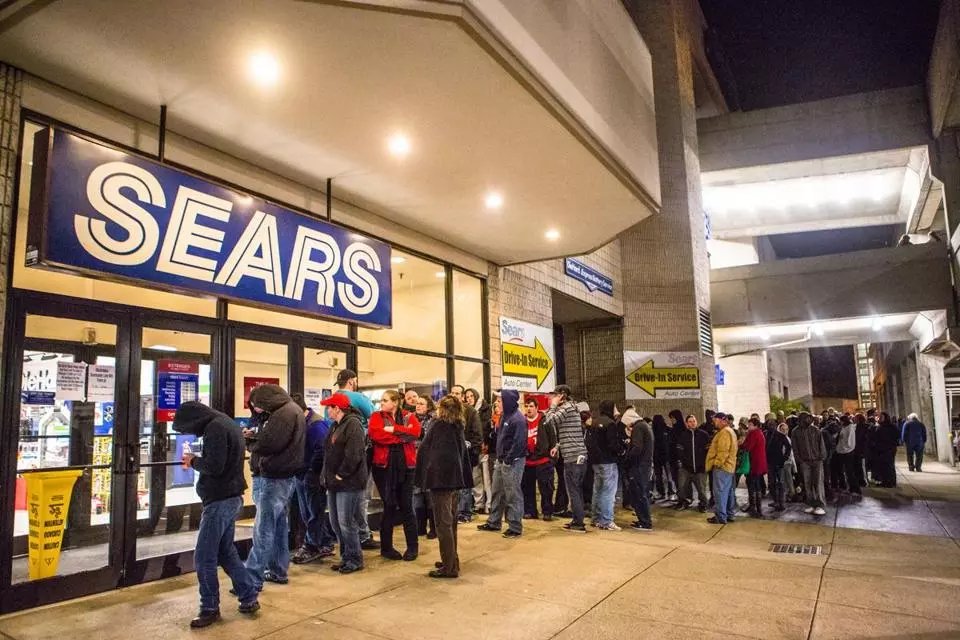
Sears was America’s source for auto services and supplies, lawn and garden items, tools and hardware, and major appliances. They were very strong in sporting goods and other major categories.
Since the 1970s, when Sears peaked, demand for these categories have boomed. AutoZone, Advance Auto Parts, O’Reilly, and tire stores have covered the nation. Home Depot is now our most successful big retailer; Lowe’s and Menard’s are also large companies. The home appliance business has been transformed by innovation and higher average ticket prices. Academy and Dick’s do well in sporting goods.
Sears “let” these folks murder it, in categories where Sears’ expertise was unrivaled.
Sears also knew more about non-store selling (catalogs) and distribution than any other company on earth. But they shut down their catalog in 1993, the year before Amazon was started. ECommerce represents the natural evolution of the catalog, merely using the latest technology.
Strategic failure often reflects such inability or unwillingness to defend your own moats or fortresses. It isn’t easy, but you’ve got to fight back if you are smart and want to have a future.
What are your company’s fortresses? What is worth defending? How far would you go to defend your position? Yahoo, MySpace, AltaVista, and others show how fragile online leadership can be.
There is always a great deal to be learned by the successes and failure of others, and few companies have as much to teach as poor, old Sears, Roebuck.
 Gary Hoover is a serial entrepreneur. He and his friends founded of the first book superstore chain Bookstop (purchased by Barnes & Noble) and the business information company that became Hoovers.com (bought by Dun & Bradstreet). Gary served as the first Entrepreneur-in-Residence at the University of Texas at Austin’s McCombs School of Business. He has been a business enthusiast and historian since he began subscribing to Fortune Magazine at the age of 12, in 1963. His books, posts, and videos can be found online, especially at www.hooversworld.com. He lives in Flatonia, Texas, with his 57,000-book personal library.
Gary Hoover is a serial entrepreneur. He and his friends founded of the first book superstore chain Bookstop (purchased by Barnes & Noble) and the business information company that became Hoovers.com (bought by Dun & Bradstreet). Gary served as the first Entrepreneur-in-Residence at the University of Texas at Austin’s McCombs School of Business. He has been a business enthusiast and historian since he began subscribing to Fortune Magazine at the age of 12, in 1963. His books, posts, and videos can be found online, especially at www.hooversworld.com. He lives in Flatonia, Texas, with his 57,000-book personal library.
To get updated information about the team at Apogee Results, please follow us on your favorite social media channels.





